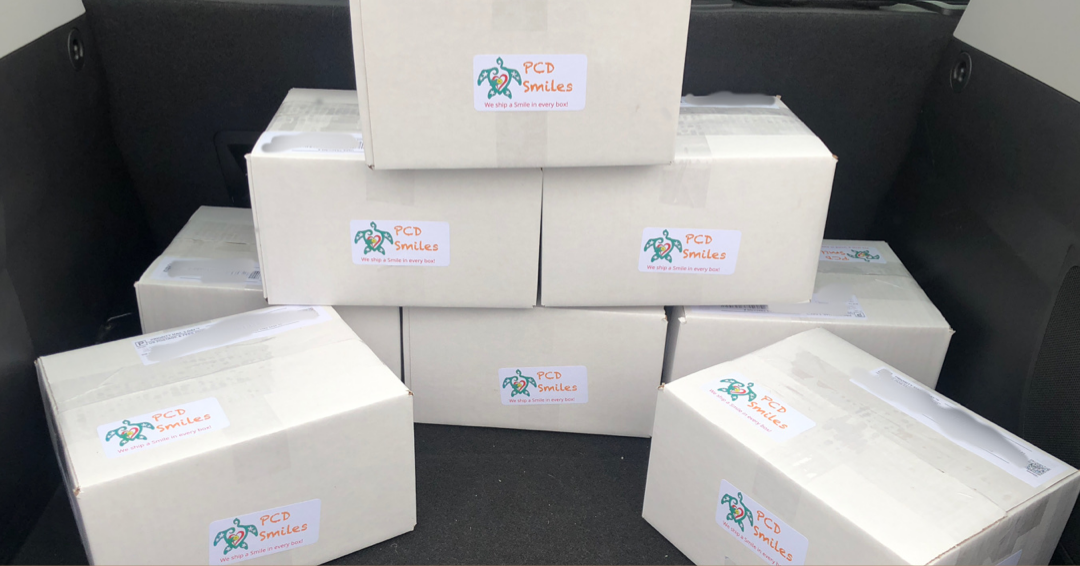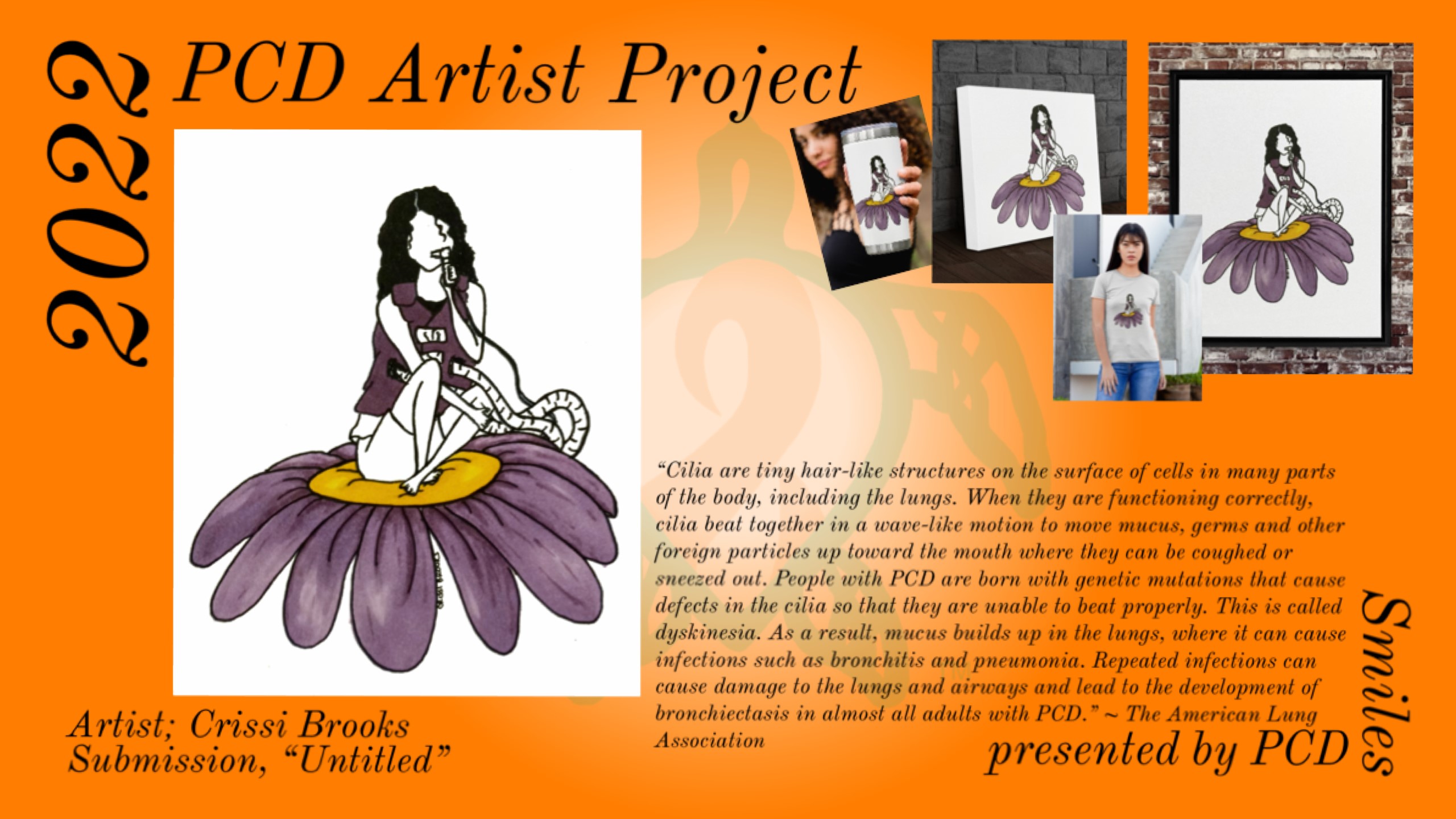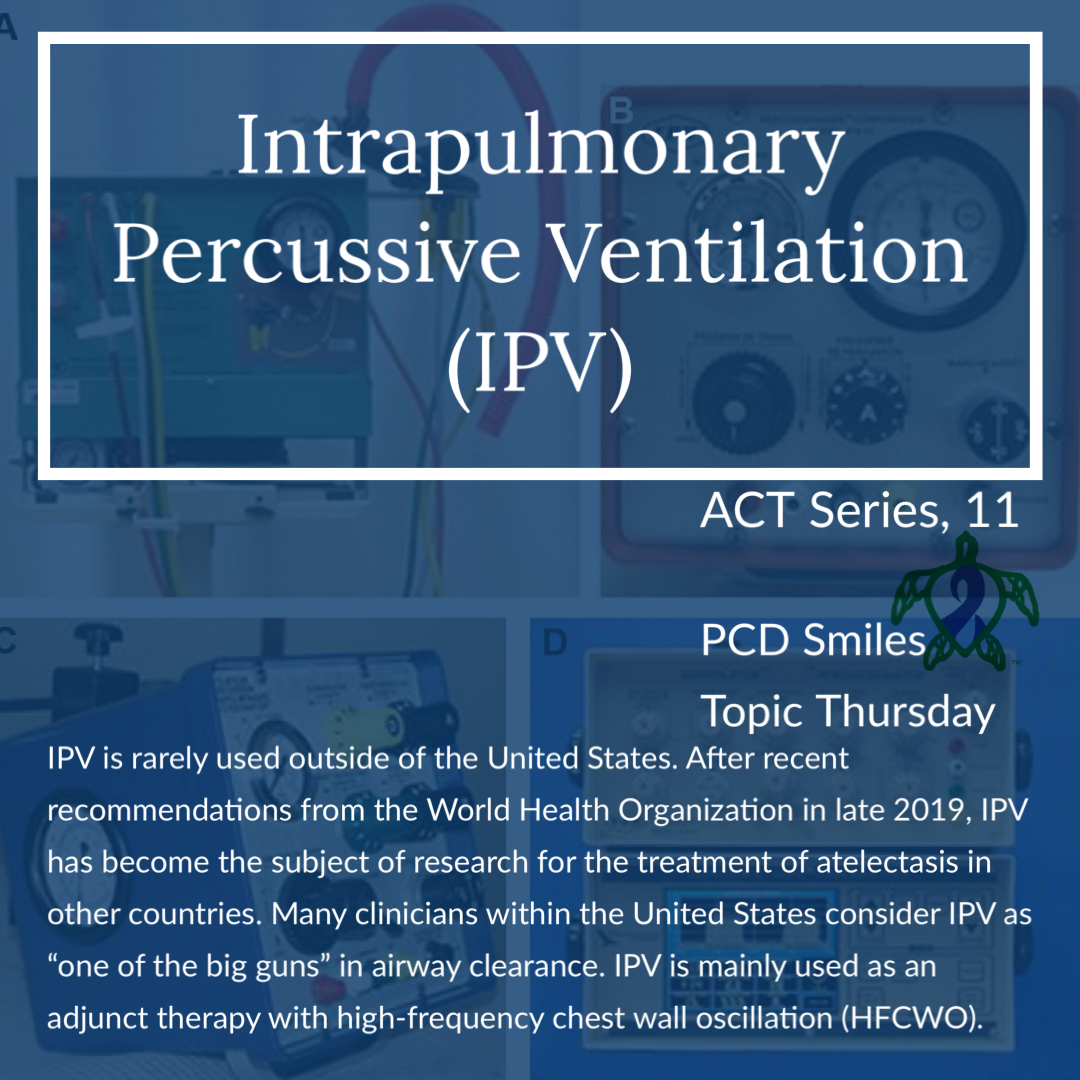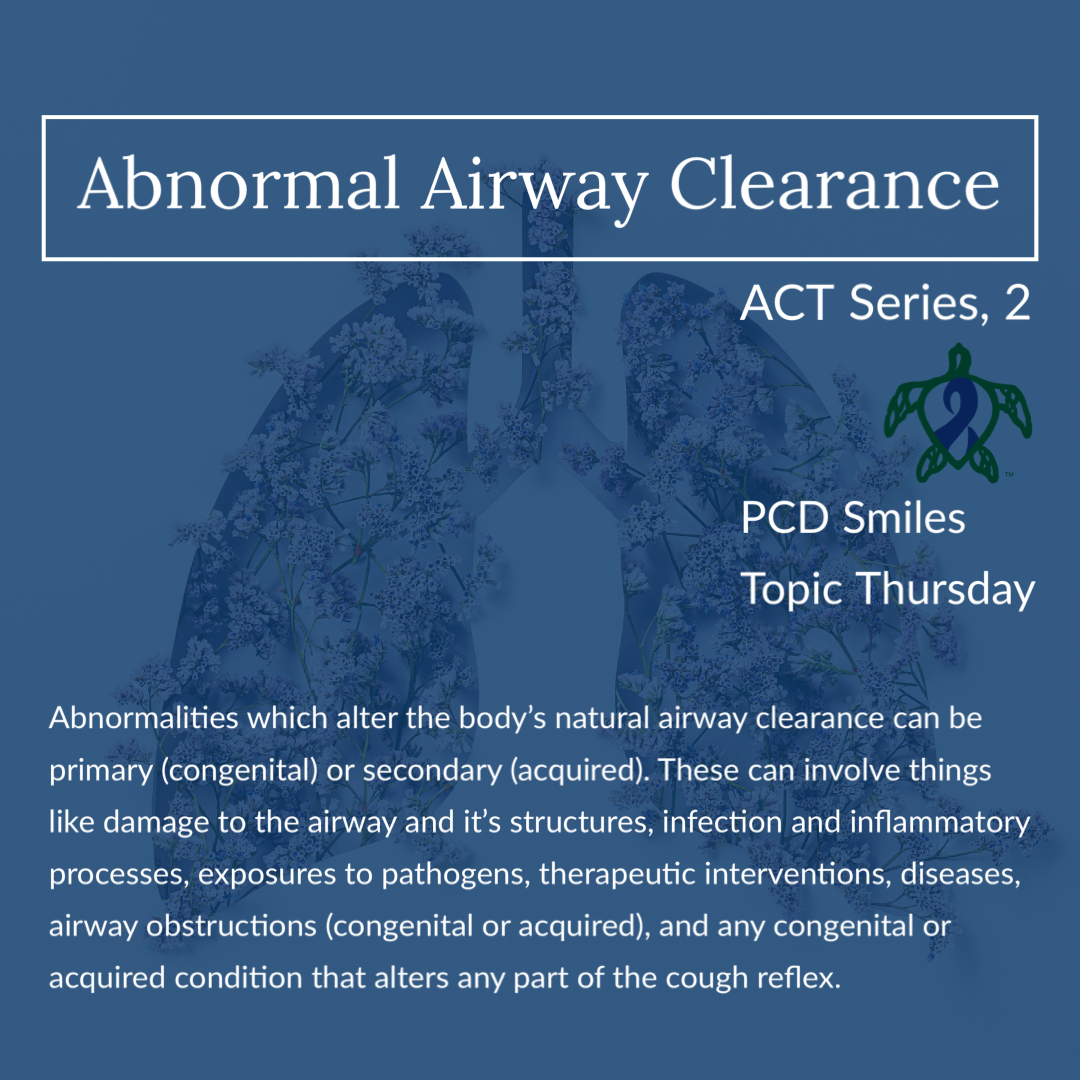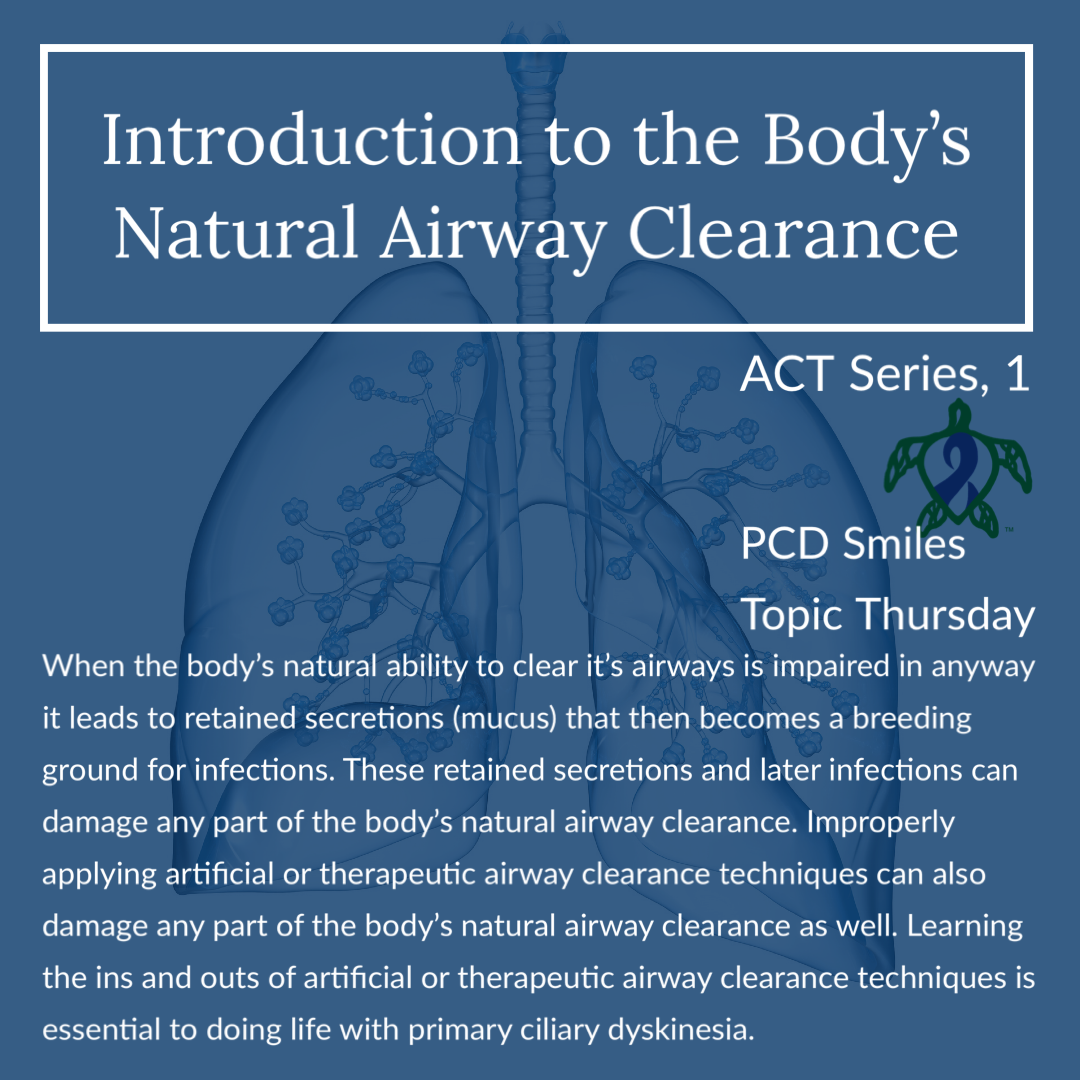The next device that we will cover in our airway clearance technique (ACT) series is intrapulmonary percussive ventilation (IPV). IPV is rarely used outside of the United States. After recent recommendations from the World Health Organization in late 2019, IPV has become the subject of research for the treatment of atelectasis in other countries. Many clinicians within the United States consider IPV as “one of the big guns” in airway clearance. IPV is mainly used as an adjunct therapy with high-frequency chest wall oscillation (HFCWO). Basically IPV is used together with another primary ACT, like vest therapy, to assist the primary ACT and not as a standalone ACT. There is little scientific evidence to support the effectiveness and or the efficacy of IPV therapy.
The IPV device was first developed in 1979 by Forrest Bird. Bird was an American inventor, aviator, biomedical engineer, and medical doctor who until his death in 2015 was a leading inventor of mechanical ventilation through his Bird Mark series of ventilators. His interest in inventing and aviation lead him to develop a technique for high frequency ventilation and the subsequent generations of ventilator models that followed. The IPV machine was developed without the guidance and regulatory approval of Medicare, and Bird never sought Medicare approval or Medicare codes for the IPV. As such, and to this day, the IPV is excluded from all Medicare programs and coverage policies. This complicates not only the research process but research in general of IPV within the United States. Due to these regulatory issues, IPVs are routinely billed under “respiratory services” on hospitalizations invoices. Getting a IPV machine for home use is extremely limited, difficult, and costly for patients due to the Medicare coverage restriction, and until recently the need for high follow gases to properly power the device as it was intended. As such these regulatory restrictions of the IPV lead to the next “big guns” in airway clearance machines.
The IPV is considered a ventilatory technique more so than an actual physical device, this may have been a strategic approach to getting around the regulatory restrictions due to Medicare guidelines. Examples of IPV machines are IPV® -2C, NEW: IPV® 1, IMPULSATOR®, and Percussionaire Gold Edition IPV-1S Universal Percussionator®. IPV works under the premise of delivering high flow respiratory gases, in small bursts, into the lungs at high rates. This causes the oscillation of airway pressures with in the airways and the airway walls in turn oscillate in synchrony with the oscillating airway pressures. During IPV when the patient inhales, high frequency gas pulses expand the lungs while vibrating and enlarging the airways. This is thought to help mucus clearance by getting air in behind stuck mucus and mucus plugging, forcing the mucus within the airways into the ventilatory flow within the airways and propelling that mucus toward the central airways to be coughed out by the patient, and to shear mucus that is stuck to the airway walls away from those walls and into the airway so it can be mobilized to the central airway for clearance as well. IPV oscillates airway pressures between 5 and 35 cmH2O, and it’s unique ventilatory circuit is powered by compressed gas at 25 to 40 pounds per square inch and generates oscillations in the range of 80 to 650 cycles per minute.
IPV requires premedication with a nebulized bronchodilator, but the liquid bronchodilator can be nebulized during IPV therapy in the medication nubulizing cup within the ventilatory circuit. Whether or not the bronchodilator is administered before the IPV therapy or during IPV therapy, the airways require hydration at all times throughout the entire therapy. Adding of normal saline in the nubulizing cup after the bronchodilator is finished, or in the case of premedication of a bronchodilator before IPV is started the normal saline can be added to the cup and used for the entirety of the IPV therapy session. IPV therapy session can be as little as ten minutes, for up to four times a day; or up to a half hour, two times a day. The manner in which that patient breathes, stifles coughing, and utilized certain coughing techniques during IPV therapy is extremely important. It is also important to note that improperly using an IPV in any way can cause serious health consequences. It is for this reason the procedure for IPV use by the patient will not be discussed in this discussion of IPV therapy. It is highly recommended that the patient does not undertake IPV therapy within a facility setting if the respiratory therapist supervising the patient’s therapy each session is unable to accurately explain, demonstrate, and walk the patient through the exact procedure. This is due to the fact that given the regulatory issues surrounding IPV, not all respiratory therapist have adequate education and training on IPV safety and technique. Please consult your clinic’s licensed respiratory therapist or your clinic’s contracted licensed respiratory therapy provider for more information on IPV.
The use of IPV is partially aimed at increasing ventilation in a patient’s airway to move mucus and improve gas exchange within the airways. The effectiveness of IPV in primary ciliary dyskinesia (PCD) remains up for debate because of the lack of research due to the regulatory issues of IPV within the United States. There will likely not be further research within the States, however there is current research regarding the treatment of atelectasis in acutely ill respiratory patients outside the United States. While airway clearance techniques are widely used throughout the world; the physiological mechanisms and consequences of airway clearance techniques are mostly misunderstood in the context of the diseases that the airway clearance techniques are prescribed for. There are many considerations, contraindications, precautions, and or adverse reactions or effects for IPV therapy. Having medical professionals that are adequately trained on the specifics of IPV therapy is a must for patient safety, including but not limited to the prescribing physician. Airway clearance techniques are intended to remove mucus from the peripheral airways to the central airways where the mucus can be expectorated or rather coughed out by the patient in a safe manner. The process of moving the mucus along the airways to be coughed out can last for several minutes after the treatment or rather ACT session has ended. Patients can expect to have increased voluntary and involuntary airway clearance, sometimes for several hours after the ACT session has ended. ACTs provide temporary increase in mucociliary clearance, which is why multiple ACT sessions are needed daily to be effective at helping maintain pulmonary hygiene or rather effective airway clearance. We hope that you join us next week for part twelve of our series on airway clearance techniques.
Be sure to join us next week for another Topic Thursday.
Join our Facebook group Turtle Talk Café today.
We have several ways that you can donate to PCD Smiles;
- Visit Smile E. Turtle's Amazon Wishlist
- For more information on how you can donate, please visit our "Donation" page to check out our "Do & Don't policies.
- Or sponsor a PCD Smiles cheer package today!
- To shop for your “Official” turtle care ribbon gear today, visit PCD Style or Smile E. Cove
Thank you for your consideration!
***Please speak to your respiratory therapist or your PCD medical team before commencing any new treatment. DO NOT start using a device, or technique, on this website if you have not discussed this with your PCD team first.***

